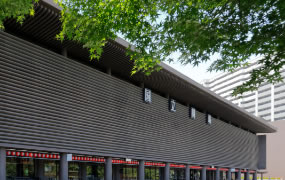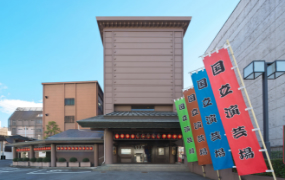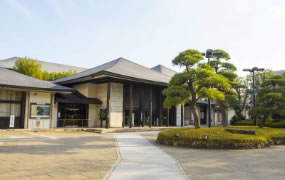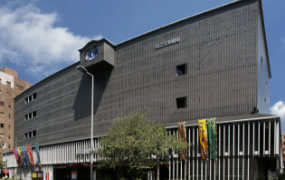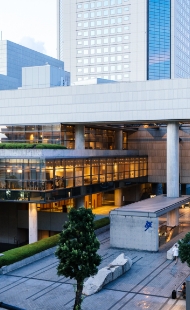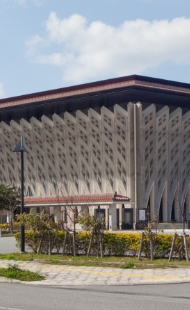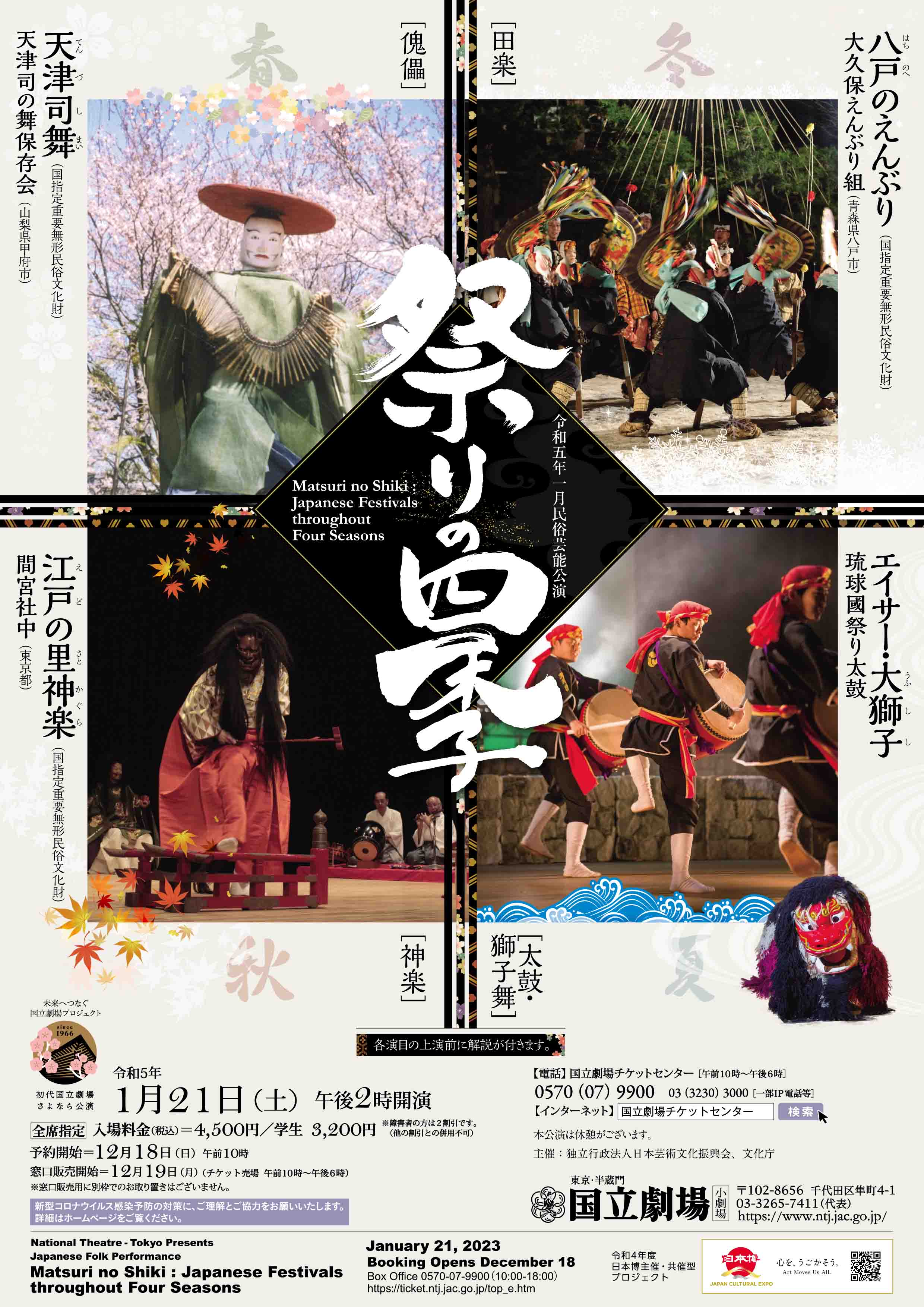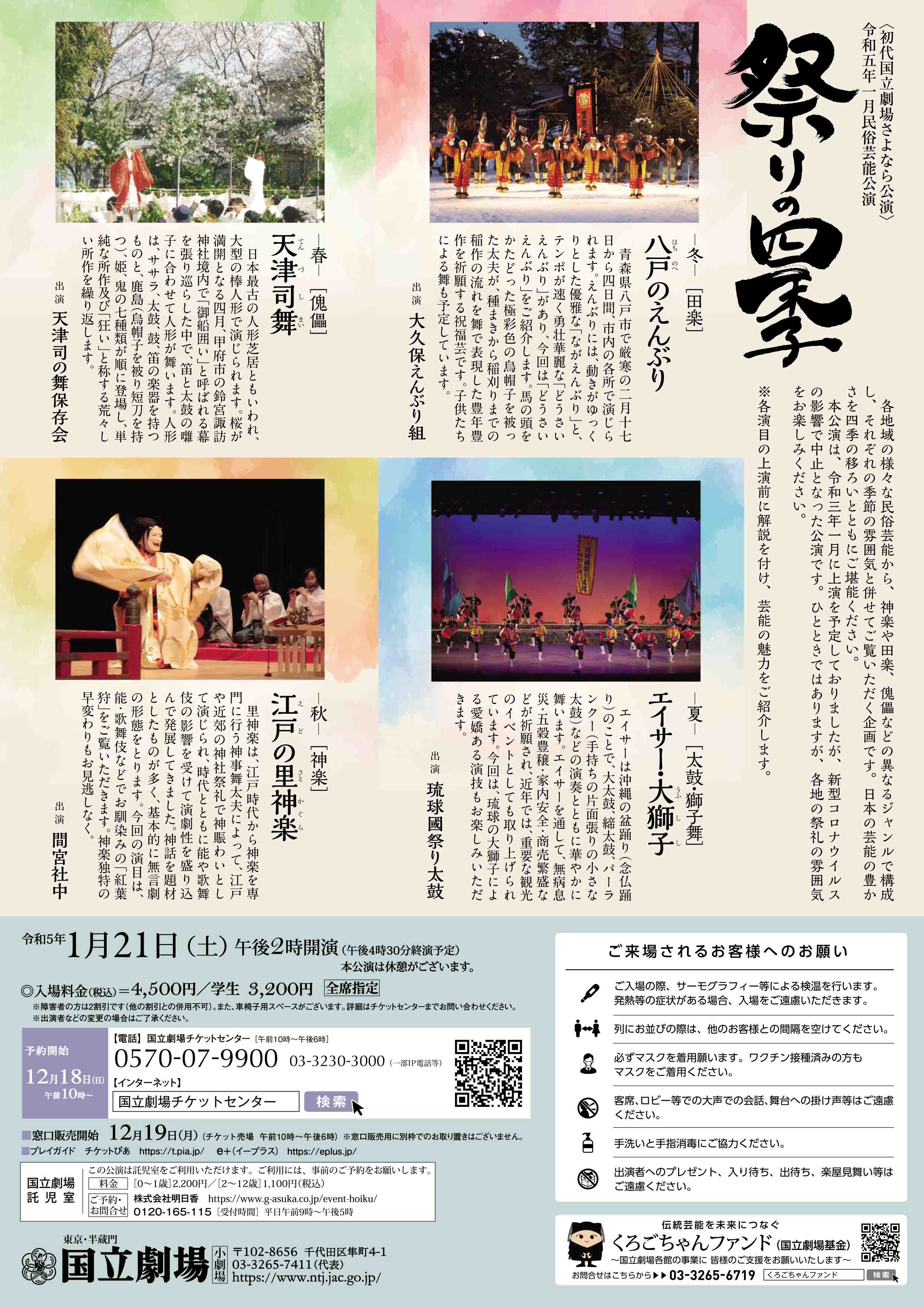- Others
- National Theatre
Japanese Folk Performance
National Theatre (Small Theatre)
January 2023 Japanese Folk Performance
Matsuri no Shiki : Japanese Festivals throughout Four Seasons
Performance Date: January 21 (Sat.), 2023
Performance Time: 14:00 - 16:30
*End time is an estimate and may vary.
【Winter】Hachinohe no Enburi (Nationally designated important intangible folk cultural property:Dengaku)
Ōkubo Enburi-gumi (Hachinohe City, Aomori Prefecture)
【Spring】Tenzushi-mai (Nationally designated important intangible folk cultural property:Kairai)
Tenzushi no Mai Hozon-kai (Kofu City, Yamanashi Prefecture)
【Summer】Eisā Ufushishi (Taiko/Shishi-mai)
Ryūkyū-koku matsuri-daiko
【Fall】Edo no Sato-Kagura (Nationally designated important intangible folk cultural property:Kagura)
Mamiya-Shachū (Tokyo)
*This performance has an intermisson.
*Audio guide: Not available.
*Subtitles: Not available.
*English synopsis is available. Please ask at the reception desk.
Tickets(Tax included)
Adults 4,500 yen
Students 3,200 yen
*20% discount for guests with disabilities.
Seating Plan
Booking Opens
Dec. 18 (Sun.), 2022
-----------------------------------------------------------------------------
Box Office
0570-07-9900 (From overseas: +81-3-3230-3000) in Japanese and English (10:00~18:00)
Online Booking: https://ticket.ntj.jac.go.jp/top_e.htm
-----------------------------------------------------------------------------
Counter Sales at the Theatre
available from Dec. 19 (Mon.), 2022
in Japanese
January Japanese Folk Performances
Matsuri no Shiki : Japanese Festivals throughout the Four Seasons
This program encompasses a variety of genres, including kagura (sacred Shintō music and dancing), dengaku (ritual music and dancing performed in conjunction with rice planting) and kugutsu (puppet shows), representative of the local folk performing arts that also are filled with a sense of the seasons. Please enjoy the richness of the Japanese performing arts throughout the four seasons.
A pre-performance commentary on each performance will help you to understand the charm of each genre of these performing arts.
Hachinohe no Enburi
This piece is performed at various locations in Hachinohe City, Aomori Prefecture; they typically last four days starting February 17, the season of severe cold. There are two types of Enburi dance: the slow-moving, elegant Naga Enburi and the heroic, impressive Dōsai Enburi with a fast tempo. Today’s performance presents with the latter. It is a celebratory piece offering prayers for a year of good harvest. In it, dancers called tayū wearing brilliantly-colored eboshi headdresses in the shape of horses’ heads express the process of rice cropping, including planting and reaping, through dance.
Tenzushi-mai
Tenzushi-mai is said to be the oldest puppet show in Japan and is customarily performed in April, when the cherry blossoms are in full bloom. As part of the performance, the puppets perform dances to the musical accompaniment of the flute and drum on a stage surrounded by curtains called an Ofunegakoi in the precincts of the Suzumiya Suwa Shrine in Kofu City, Yamanashi Prefecture . The puppets consist of the following types: those holding instruments such as a sasara (traditional Japanese percussion instrument made from wooden slats), drum, tsuzumi (hand drum) and flute; Kashima-sama, wearing an eboshi hat with daggers in both hands; a princess; and an ogre. They are almost life-sized, with their heads and hands attached to a dogushi (main rod).
Eisā Ufushishi
Eisā is a Bon Festival dance (Nenbutsu Odori, a dance with Buddhist chanting) performed in Okinawa. Local people dance to the accompaniment of instruments such as the ōdaiko (a big drum), shimedaiko (a small high-pitched drum) and pārankū (a hand-held, single-sided small drum). This dance, which is performed as an offering of prayers for a state of perfect health, a bumper crop, the well-being of one’s family and/or a prosperous business, etc., has become an essential tourist attraction. You are sure to enjoy this performance, which will be presented by the charming Ryūkyū Shishi-mai.
Edo no Sato Kagura
Sato Kagura has been performed by the shinji-mai tayū, who have specialized in kagura since the Edo period, as kami nigiwai (festive activities to entertain gods) events at shrines and temples in Edo and its suburbs. Over time, the art form has been influenced by the art forms of Noh and Kabuki to incorporate more dramatic elements. Many are based on myths, and it essentially is performed as a pantomime. The piece you will see here is “Momijigari” (viewing autumn leaves) and it highlights the hayagawari (quick change of costume) technique, which is unique to kagura.


